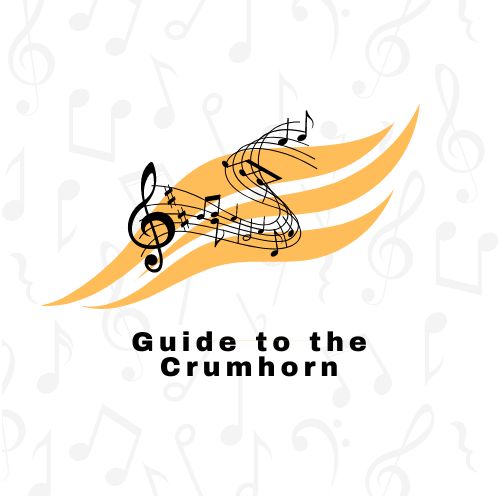During the late 14th to 15th century, a new type of double-reed instrument was invented. This new instrument does not need to touch the player’s lips since the reed is enclosed in a protective cap with a slot at one end. This instrument was known as the Crumhorn. In the 14th to 17th centuries in Europe, the name Crumhorn was first used as an organ stop. At that time, it is the most common instrument of the reed cap family, including the cornemuse, kortholt, and the hirtenschalmei. It is thought that the Crumhorn was developed from the earlier instrument known as the bladder instrument.
The Crumhorn, also known as krummhorn or krumphorn,is an instrument similar to the recorder or clarinet’s fingering systems, although quite different. Its name refers to the Crumhorn’s characteristic ‘J’ shape. It derives from an old German word, which means ‘curved,’ ‘bent horn,’ or ‘crumpled.’Aside from that, it is uncertain whether if orlo, the Spanish wind instrument, designate the Crumhorn. But it is also known that the Crumhorn was used in Spain during the sixteenth century. The identification of both instruments also seemed identical. Moreover, the Crumhornis a double-reed instrument, much like the modern bassoons or oboes. Interestingly, it works more like a bagpipe that uses wind pressure in its chamber sound.
However, unlike these instruments, the Crumhorn’s reed is not held between the performer’s lips. This is because the Crumhorn’s reed is encased in a wooden capsule located at the top of the instrument. The fact that the Crumhorn’s reed is not directly controlled means that this instrument has a limited range, barely an octave. On its modern construction, additional keys are provided in order to extend the range of an octave and note upwards by one to three notes.
Additionally, because of its cylindrical bore, the sound it produces is much softer than it would be with a conical one. Because of the Crumhorn’s limited range, this instrument is often played together with a group of instruments that has several sizes and pitches. This group is known as a consort of crumhorns. Crumhorns are usually built in imitation of the vocal quartet with alto, soprano, bass, and tenor as a family.
In playing this instrument, it needed a firmer and stronger tongue movement than any wind instrument you can think of. Because of the relative effort involved, tonguing can be very forward, and some beginners may find that it is hard to tongue smoothly. Very often, they also tend to play the Crumhorn in a staccato manner. Moreover, the Crumhorn is also one of the few instruments on which you cannot stop a note in the throat. Every note that is played through this instrument must be controlled by returning the tongue to its starting position. Players also observed that its pitch tends to fluctuate.
There are some literature pieces in which the crumhorns were specified. The earliest appearance in which the Crumhorn had appeared was in a painting that dated from the same time that the instrument had become famous. It is in Lorenzo Costa’s ‘Triumph of Death’ in which this instrument was first seen. The Crumhorn also appeared in Carpaccio’s ‘Presentation of Christ in the Temple’ wherein it plays a significant visual role.
Furthermore, it was in two sets of manuscripts of part books that are prepared for the Prussian court band. This was also included in an anonymous setting of “D’ Andernach auff dem Reine,’ a very popular Middle Dutch song that tells the story of two girls in Adernach. It was also associated in Johann Hermann Schein’s Padouana für 4 Krummhörner, a 1617 crumhorn collection of composition.
Thomas Stoltzer, another German composer during the Renaissance, has reportedly written a letter stating that he composed his setting of Psalm 37, Erzürne dich nicht, for the Crumhorn in 1526. In addition, Michael Praetorius had suggested the use of the Crumhorn in several sacred vocal works as an alternative to dulcians, trombones, and other instruments. Aside from musical compositions, an Australian fiction writer named Ursula Dubosarsky included the Crumhorn in her novel called ‘Bruno and the Crumhorn.’ In there, the children named Sybil and Bruno have learned how to play the Crumhorn almost by accident.
Despite its popularity in other countries, it seems that the Crumhorn is a lot more popular in France, England, and German. In fact, there is one German mural in which the artist shows musicians playing the Crumhorn while dressed like natives.

